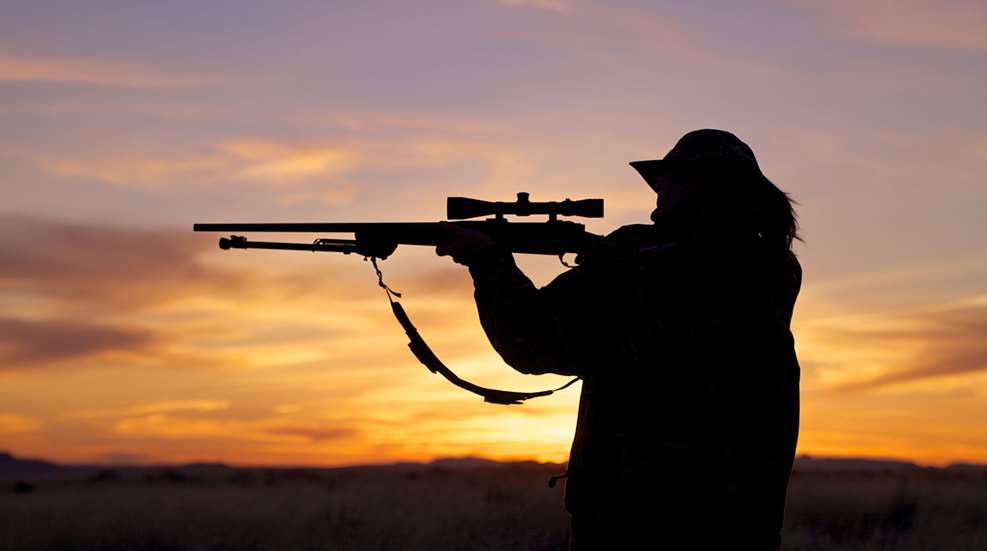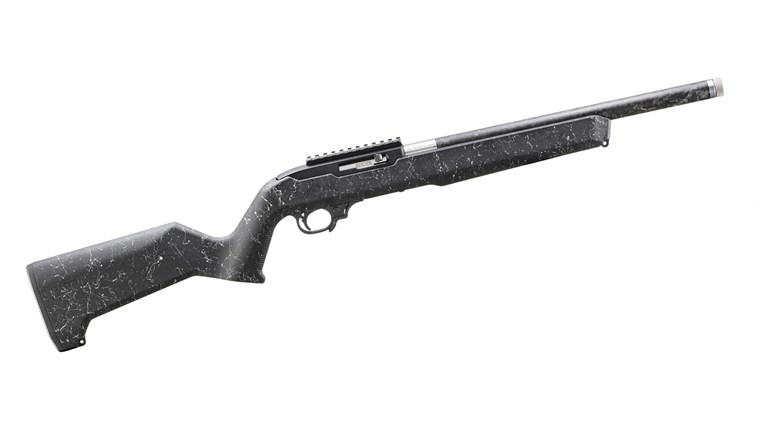
There’s lots of “shoot better” advice out there for both bow and gun practice:
“Aim small, miss small.”
“Keep both eyes open.”
“Squeeze the trigger, don’t pull it.”
“Watch your follow-through.”
Great, but what about how shaky you feel when you’re freestanding and shooting a heavy long gun? What about when you’ve pulled back your compound bow on a big buck, adrenaline is rushing through you, and you have to hold your string for a few moments longer than you expected before releasing?
No matter how accurate of a shot you are, “The Shake” is going to creep in if you are lacking in the muscle department. Strengthening your upper body is a good start to building a foundation for a better shooting technique long before you head to the range.
My long-time college friend Tessa Church has a background in exercise science and prescription, and is currently studying to be a Doctor of Physical Therapy. She helped flesh out some ideas for strengthening your upper body and building endurance in your shooting muscles. Tessa showed me few of these moves in college, which I’ve kept in my back pocket for when I’m at the gym in summer and early fall before deer season starts. Hitting the gym to practice these few exercises may be your savior in the shooting world.
It’s important to note that there is a difference between building muscle endurance and increasing strength. Endurance requires more repetitions with lower weight, while strength training means fewer repetitions at a higher weight.
For increasing shoulder strength and endurance:
- Hold a dumbbell in both hands and extended arms straight in front of you to perform a dumbbell front raise. Repeat the lifting motion, keeping arms straight (but not harshly locking your elbows). From my own experience, I start with a lower weight until I feel comfortable, so I don’t hurt my shoulder joints.
- Stand with legs spread in a strong stance, facing the pulley machine and grasp the rope at face-height with arms out in front of you. Pull the rope toward your face, separating your hands and keeping your elbows parallel to the ground. Repeat.
For increasing back strength and endurance:
- To train for pulling back a bow, doing any sort of exercise that mimics the pulling motion is helpful. Try single-arm dumbbell rows, where you rest the same side knee and hand in a bear-crawl position over a bench, with opposite leg supporting on the ground, and pull a dumbbell back with the hand that is free. A seated row on a low cable machine also works, where you sit on a bench with legs extended in front of you and are pulling back a close-grip bar.
- “Supermans,” which are performed lying on the ground with legs and arms extended outward, are not recommended for back strength. Instead, use a Roman chair to repeat back extensions.
- Using your own body weight as a factor, try inverted rows on a barbell or using TRX suspension straps. Lean back while holding the bar or the straps, then pull yourself up at an angle.
For increasing core strength and endurance:
- Planks are a classic go-to for building up your core and upper arms.
- Other anti-rotation exercises also work, including “dead bugs” and the “Pallof press.”
- Dead bugs can be done on the floor without equipment, while a Pallof press requires a band or cable. For dead bugs, lie on your back with your core engaged, raise arms straight above you with legs bent at a 90-degree angle. Bring your straight arm back while straightening the opposite leg.
- For the Pallof press, stand sideways to the cable machine with legs in a wide stance and bring the cable out in front of your lower rib area, so the cable is extended at your side. Use enough weight so you don’t lean or shake too badly, but enough to feel a resistance in your core. Push the cable out in front of your chest while holding on with both hands. Repeat the pushing motion.
For increasing chest strength and endurance:
- Bench press with a barbell or dumbbells while lying on your back. Be sure to keep your wrists strong and not at an angle, and to keep your shoulders at a 45-degree angle from your torso to help prevent shoulder injury.
- Chest flys with cables require pulling weight into your chest with arms spread wide but slightly bent. Stand with your body angled fairly forward and grab both cables, one in each hand. Keeping arms a little bent but in a strong position, pull the cables into your chest.
Before starting with any new exercise program, always check with your doctor, and don’t get too zealous right off the bat. Start small and slow if you haven’t tried them before and modify your weight if you’re feeling more sore than functional.














































